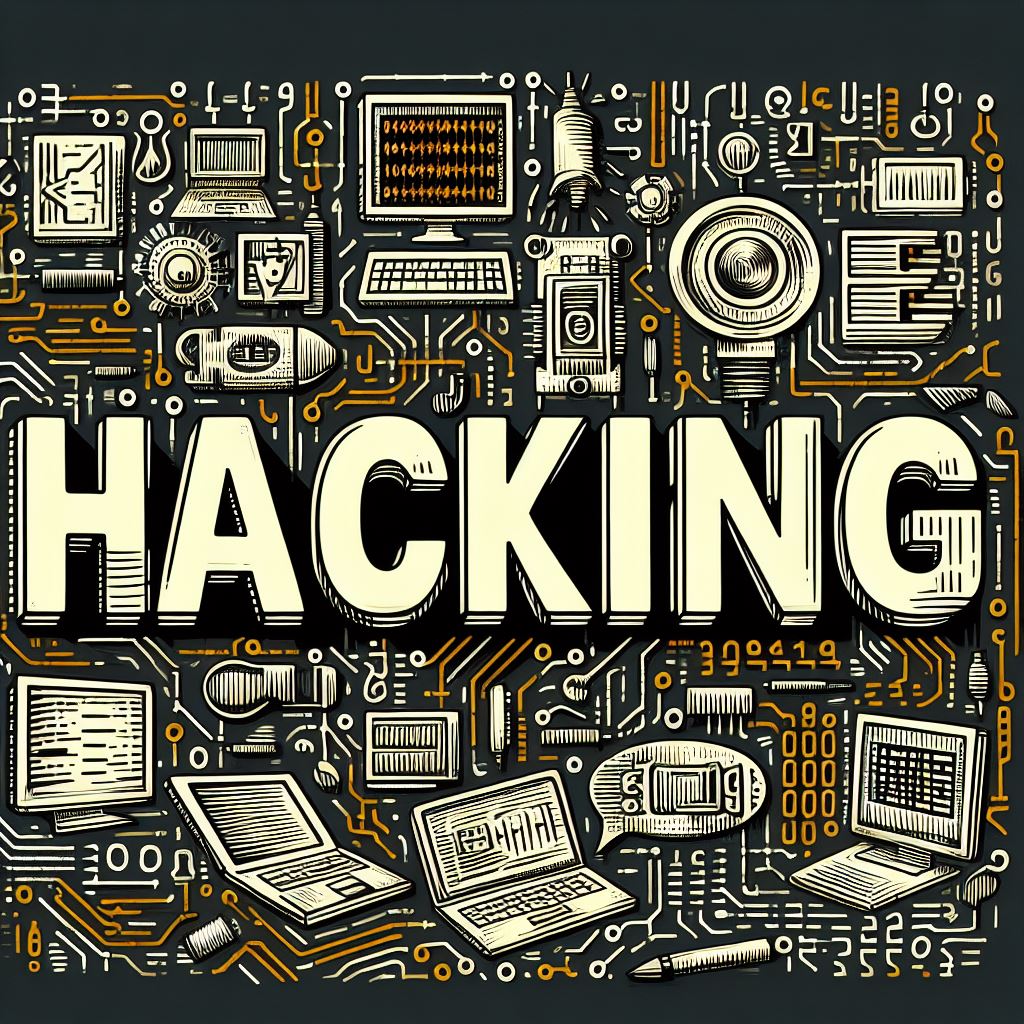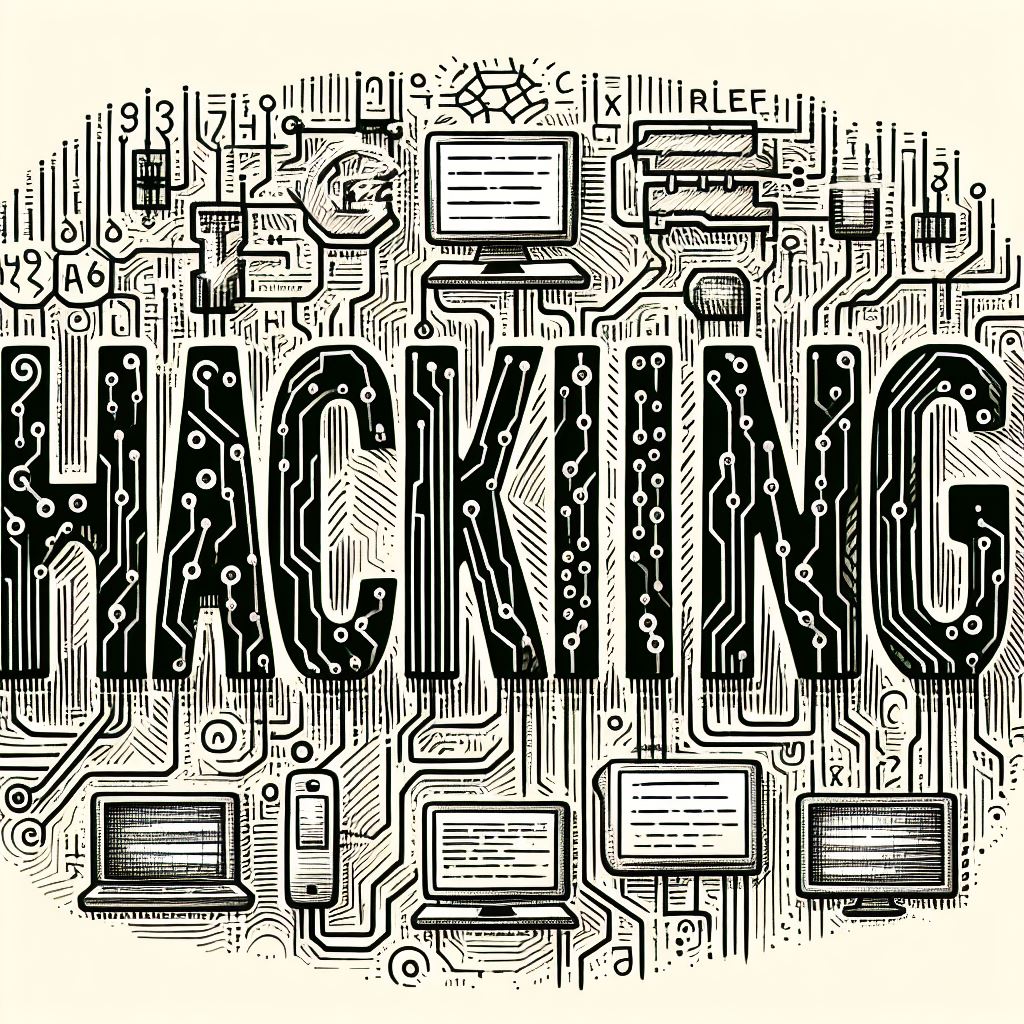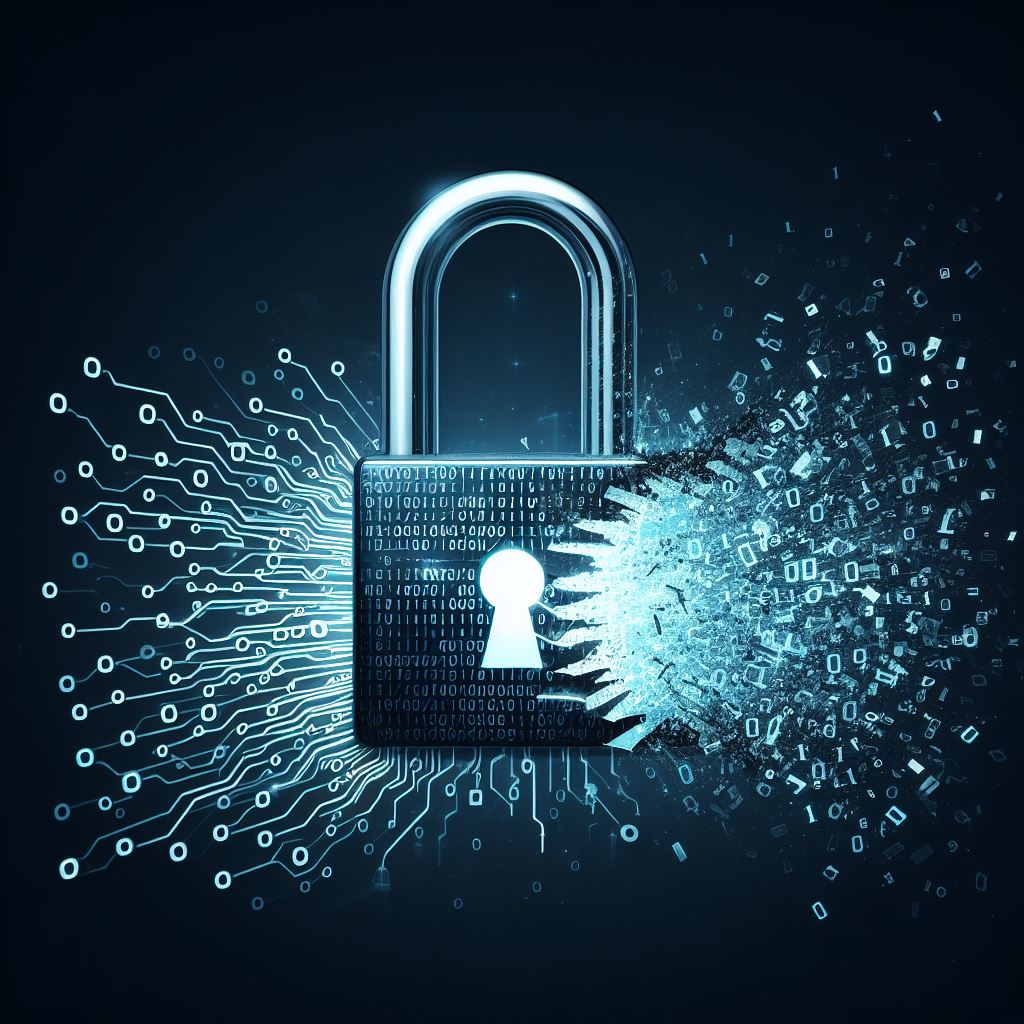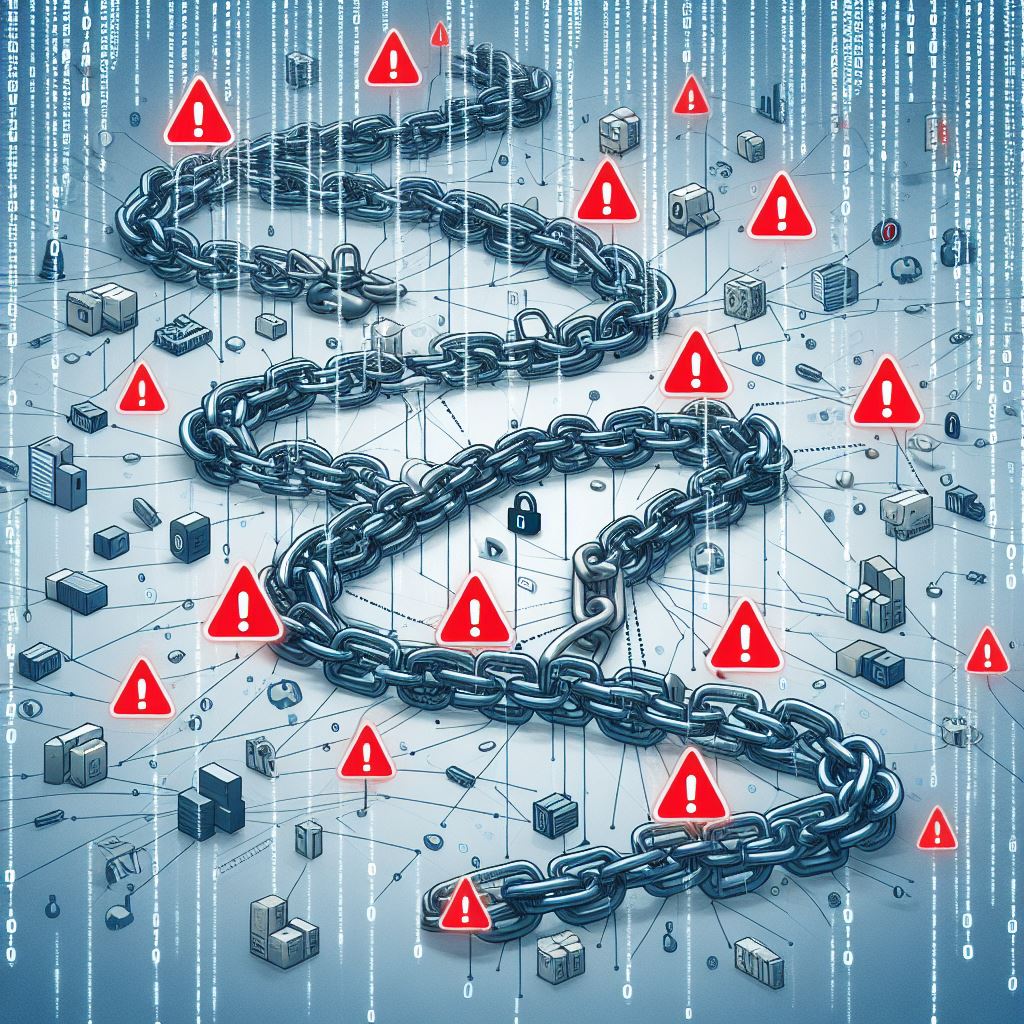Introduction to Digital Forensics
In the realm of cyber investigations, digital forensics plays a pivotal role in uncovering crucial evidence and solving complex cybercrimes. It involves the systematic examination of digital devices and data to extract information that can be used in legal proceedings. Essentially, digital forensics is the art and science of investigating digital evidence.
In an increasingly digitized world, where nearly every aspect of our lives is intertwined with technology, the importance of digital forensics cannot be overstated. Digital forensics, often referred to as computer or cyber forensics, is a multifaceted discipline that delves into the meticulous examination of digital devices and data to uncover evidence of cybercrimes or illicit activities. From cyberattacks and data breaches to financial fraud and intellectual property theft, digital forensics serves as a crucial tool in the arsenal of law enforcement agencies, corporate entities, and cybersecurity professionals alike.
As our reliance on digital technologies continues to grow, so too does the complexity and sophistication of cyber threats. Criminals adeptly exploit vulnerabilities in computer systems, networks, and digital devices to perpetrate crimes with impunity. In this landscape, digital forensics emerges as a beacon of hope, offering the means to trace digital footprints, reconstruct events, and attribute actions to their perpetrators.
Beyond its role in criminal investigations, digital forensics also serves as a linchpin in incident response efforts, allowing organizations to swiftly detect, contain, and mitigate cyber incidents. Whether it’s a ransomware attack crippling critical infrastructure or a data breach compromising sensitive information, digital forensics provides invaluable insights that empower organizations to mount an effective response and minimize the impact of cyber incidents.
Moreover, digital forensics extends its reach beyond the realm of law enforcement, finding applications in diverse sectors such as corporate governance, regulatory compliance, and civil litigation. From uncovering evidence of corporate espionage to resolving disputes in intellectual property disputes, digital forensics serves as a powerful tool for truth-seeking and accountability.
In essence, digital forensics represents the nexus of technology, law, and investigation, where cutting-edge techniques and methodologies converge to unravel the mysteries of cyber investigations. As we embark on this journey to explore the depths of digital forensics, we delve into a realm where data holds the key to unlocking truths, exposing lies, and delivering justice in an ever-evolving digital landscape.
Table of Contents
Evolution of Digital Forensics
Digital forensics has evolved significantly over the years, adapting to the rapid advancements in technology. From its humble beginnings in the early days of computing to the sophisticated techniques employed today, the field has undergone a remarkable transformation. Technological innovations such as cloud computing, mobile devices, and the Internet of Things (IoT) have revolutionized digital forensics practices.
Key Components of Digital Forensics
The process of digital forensics comprises several key components, including data acquisition, preservation, analysis, and reporting. Each step is crucial in ensuring the integrity of the evidence and maintaining chain of custody throughout the investigation.

Techniques Used in Digital Forensics
Digital forensics experts utilize a variety of techniques to extract and analyze digital evidence. These include disk imaging, file carving, network forensics, and memory analysis, among others. Each technique is tailored to the specific requirements of the investigation and the type of digital media being examined.
Challenges in Digital Forensics
Despite its importance, digital forensics faces numerous challenges, including encryption, data-hiding techniques, and the proliferation of anti-forensic tools designed to thwart investigation efforts. These challenges underscore the need for continuous innovation and adaptation in the field of digital forensics.

Applications of Digital Forensics
Digital forensics finds applications in various domains, including law enforcement, corporate investigations, and incident response. Its ability to uncover valuable evidence and provide insights into cyber incidents makes it indispensable in today’s digital landscape.
Future Trends in Digital Forensics
Looking ahead, the future of digital forensics is shaped by emerging technologies such as artificial intelligence, blockchain, and IoT forensics. These advancements hold the potential to revolutionize investigative techniques and enhance the capabilities of digital forensics professionals.

Training and Education in Digital Forensics
Specialized training and education are essential for aspiring digital forensics professionals. Certification programs and hands-on training courses equip individuals with the necessary skills and expertise to excel in this field.
Ethical Considerations in Digital Forensics
Ethical considerations are paramount in digital forensics, particularly concerning privacy rights and legal boundaries. Adhering to ethical principles ensures that investigations are conducted responsibly and with integrity.

Real-Life Cyber Investigation Cases
Numerous high-profile cybercrime cases have underscored the importance of digital forensics in solving crimes and bringing perpetrators to justice. From financial fraud to cyber espionage, digital forensics has played a crucial role in unraveling complex criminal activities.
1. Target Data Breach (2013)
- In one of the largest data breaches in history, retail giant Target fell victim to a cyberattack that compromised the personal and financial information of over 110 million customers. The attackers gained access to Target’s network through a third-party HVAC vendor and installed malware on the company’s point-of-sale systems. Digital forensics experts played a crucial role in investigating the breach, identifying the malware used in the attack, and tracing the attackers’ activities within Target’s network.


2. WannaCry Ransomware Attack (2017)
- The WannaCry ransomware attack infected hundreds of thousands of computers worldwide, exploiting a vulnerability in Microsoft’s Windows operating system. The attack encrypted files on infected systems and demanded ransom payments in Bitcoin to unlock them. Digital forensics investigators worked tirelessly to analyze the ransomware code, trace the Bitcoin transactions, and identify the perpetrators behind the attack. Their efforts led to the arrest of individuals associated with the WannaCry ransomware campaign.


3. Sony Pictures Hack (2014)
- In a cyberattack attributed to North Korean hackers, Sony Pictures Entertainment suffered a devastating breach that resulted in the theft and release of sensitive corporate data, internal emails, and unreleased films. The attackers, allegedly motivated by Sony’s production of “The Interview,” a satirical film depicting the assassination of North Korean leader Kim Jong-un, targeted the company’s network infrastructure and exfiltrated terabytes of data. Digital forensic analysts played a critical role in investigating the breach, identifying the malware used in the attack, and assisting law enforcement agencies in attributing the attack to North Korea.


4. Equifax Data Breach (2017)
- Credit reporting agency Equifax experienced a massive data breach that exposed the personal information of over 147 million individuals, including names, Social Security numbers, birth dates, and credit card numbers. The breach occurred due to a vulnerability in Equifax’s web application framework, which allowed attackers to gain unauthorized access to sensitive data. Digital forensics experts were called in to investigate the breach, analyze the attackers’ tactics and techniques, and help Equifax mitigate the impact of the incident.


5. SolarWinds Supply Chain Attack (2020)
- The SolarWinds supply chain attack, discovered in late 2020, targeted multiple government agencies and private sector organizations by compromising the software supply chain of SolarWinds, a leading provider of network management tools. The attackers inserted malicious code into SolarWinds’ software updates, which were then distributed to thousands of customers, allowing the attackers to gain persistent access to their networks. Digital forensic investigators played a critical role in uncovering the scope and impact of the attack, identifying the malware used, and assisting affected organizations in mitigating the threat.


Advantages and Limitations of Digital Forensics
While digital forensics offers numerous benefits, including the ability to uncover valuable evidence and support legal proceedings, it also has its limitations. Challenges such as data encryption and evolving technology pose obstacles to investigators, highlighting the need for continuous innovation and adaptation.
Collaboration in Digital Forensics
Collaboration is key in digital forensics, with agencies and organizations working together to combat cyber threats and enhance investigative capabilities. Interagency cooperation and public-private partnerships facilitate information sharing and resource pooling, leading to more effective cyber investigations.

Digital Forensics Tools and Software
A wide range of tools and software is available to digital forensics professionals, enabling them to efficiently analyze and extract digital evidence. These tools offer various features and functionalities tailored to different investigative requirements.
The Role of Digital Forensics Experts
Digital forensics experts play a crucial role in investigating cyber incidents and providing expert testimony in legal proceedings. Their specialized skills and expertise are instrumental in uncovering digital evidence and supporting the objectives of the investigation.
Conclusion
In conclusion, digital forensics is a dynamic and essential field that continues to evolve in response to the ever-changing landscape of cyber threats. By leveraging advanced techniques and technologies, digital forensics professionals play a critical role in unraveling the mysteries of cyber investigations and ensuring justice is served.
In the labyrinthine world of cyber investigations, where adversaries lurk in the shadows of the digital realm, digital forensics stands as a beacon of truth and justice. As we navigate the intricate web of cybercrimes and illicit activities, the importance of digital forensics becomes increasingly evident, serving as a cornerstone in the pursuit of accountability and resolution.
Throughout our exploration of digital forensics, we have witnessed its transformative power in unraveling the mysteries of cyber incidents, uncovering digital footprints, and piecing together the intricate puzzle of digital evidence. From its humble beginnings to its current state of sophistication, digital forensics has evolved in tandem with technology, adapting to the ever-changing landscape of cyber threats.
Moreover, the significance of digital forensics extends far beyond the confines of criminal investigations, permeating into every facet of our digital lives. Whether it’s safeguarding corporate assets, ensuring regulatory compliance, or upholding the principles of justice, digital forensics plays a pivotal role in preserving the integrity of digital ecosystems and maintaining trust in the digital age.
As we peer into the future of digital forensics, we envision a landscape shaped by innovation, collaboration, and resilience. Emerging technologies such as artificial intelligence, blockchain, and IoT forensics hold the promise of revolutionizing investigative techniques and empowering digital forensics professionals to stay one step ahead of cyber adversaries.
Yet, amidst the promise of technological advancements, we must remain vigilant against the myriad challenges and ethical dilemmas that accompany the practice of digital forensics. Privacy concerns, legal boundaries, and the ethical use of digital evidence require careful consideration and adherence to ethical principles, ensuring that investigations are conducted responsibly and with integrity.
In closing, as we reflect on the significance of digital forensics in today’s digital landscape, we are reminded of its unwavering commitment to truth, justice, and accountability. With each digital breadcrumb meticulously analyzed and each cybercrime thwarted, digital forensics reaffirms its status as a cornerstone of modern-day investigation, shedding light on the darkest corners of the digital realm and ushering in a new era of transparency and security.
FAQs
- What is digital forensics?
- Digital forensics is the process of investigating digital devices and data to extract information that can be used as evidence in legal proceedings.
- What are some common techniques used in digital forensics?
- Common techniques include disk imaging, file carving, network forensics, and memory analysis.
- What are the challenges faced by digital forensics investigators?
- Challenges include encryption, data-hiding techniques, and the proliferation of anti-forensic tools.
- How does digital forensics benefit law enforcement agencies?
- Digital forensics provides law enforcement agencies with valuable evidence to support criminal investigations and prosecutions.
- What role do digital forensics experts play in cyber investigations?
- Digital forensics experts play a crucial role in uncovering digital evidence and providing expert testimony in legal proceedings.
- What role does digital forensics play in incident response?
- Digital forensics plays a crucial role in incident response by enabling organizations to swiftly detect, analyze, and mitigate cyber incidents. By conducting forensic investigations on compromised systems and networks, organizations can identify the root cause of incidents, assess the extent of the damage, and implement remediation measures to prevent further exploitation.
- How does digital forensics assist in corporate governance and regulatory compliance?
- Digital forensics helps organizations ensure compliance with regulatory requirements and uphold corporate governance standards by providing mechanisms to investigate suspected misconduct, enforce policies, and preserve electronic records. By leveraging digital forensic techniques, organizations can mitigate risks, demonstrate due diligence, and maintain the integrity of their digital assets.
- What are some common misconceptions about digital forensics?
- One common misconception about digital forensics is that it is only applicable to criminal investigations. In reality, digital forensics finds applications in various domains, including civil litigation, corporate investigations, and regulatory compliance. Additionally, there is a misconception that digital evidence is always admissible in court, whereas in reality, the admissibility of digital evidence depends on factors such as authenticity, relevance, and chain of custody.
- How can organizations prepare for digital forensic investigations?
- Organizations can prepare for digital forensic investigations by implementing robust cybersecurity measures, establishing incident response plans, and conducting regular training exercises for their IT and security teams. Additionally, organizations should document their digital infrastructure, maintain accurate inventories of hardware and software assets, and establish protocols for preserving digital evidence in the event of an incident.
- What are some emerging trends in digital forensics?
- Some emerging trends in digital forensics include the use of artificial intelligence and machine learning algorithms to automate the analysis of digital evidence, the application of blockchain technology to enhance the integrity and authenticity of digital records, and the development of specialized forensic techniques for emerging technologies such as cloud computing and the Internet of Things (IoT).
- What are the legal and ethical considerations in digital forensics?
- Legal and ethical considerations in digital forensics include ensuring compliance with privacy laws and regulations, obtaining proper authorization before conducting investigations and adhering to professional codes of conduct and ethics. Additionally, digital forensic experts must maintain the integrity and confidentiality of digital evidence, document their findings accurately, and provide expert testimony in a manner that is objective and impartial.
- How can individuals protect their digital privacy in the age of digital forensics?
- Individuals can protect their digital privacy by implementing strong password practices, using encryption to secure sensitive data, being cautious about sharing personal information online, and regularly updating their software and security settings. Additionally, individuals should be mindful of the digital footprint they leave behind and take steps to minimize their exposure to potential cyber threats.
- What are the limitations of digital forensics?
- Some limitations of digital forensics include the rapid pace of technological change, which can render forensic techniques and tools obsolete, the challenges posed by encryption and data-hiding techniques, and the complexity of investigating incidents involving cloud computing and other emerging technologies. Additionally, legal and jurisdictional issues can present obstacles to digital forensic investigations, particularly in cases involving multinational corporations and cross-border data transfers.
- How do digital forensics techniques differ from traditional forensic techniques?
- Digital forensics techniques differ from traditional forensic techniques in that they focus on the examination and analysis of digital evidence, such as computer systems, mobile devices, and electronic records. Unlike traditional forensic techniques, which may involve physical evidence such as fingerprints or DNA, digital forensics relies on specialized software tools and techniques to extract, analyze, and interpret digital data.
- What are the career opportunities in digital forensics?
- Career opportunities in digital forensics include roles such as digital forensic analyst, cybersecurity investigator, forensic examiner, incident responder, and digital evidence specialist. Professionals in this field may work for law enforcement agencies, government organizations, private companies, or consulting firms, conducting investigations, analyzing digital evidence, and providing expert testimony in legal proceedings.
- What steps are involved in conducting a digital forensic investigation?
- The steps involved in conducting a digital forensic investigation typically include identification and preservation of digital evidence, acquisition of forensic images, analysis of digital artifacts, and documentation of findings. Throughout the investigation process, digital forensic examiners must adhere to strict protocols to ensure the integrity and admissibility of the evidence collected.
- How does digital forensics contribute to national security efforts?
- Digital forensics contributes to national security efforts by enabling law enforcement and intelligence agencies to investigate and disrupt cyber threats, terrorist activities, and espionage operations. By analyzing digital evidence obtained from computers, networks, and communication devices, digital forensic experts can identify suspects, uncover criminal networks, and prevent future attacks.
- What are the key differences between criminal and civil digital forensic investigations?
- Criminal digital forensic investigations involve the gathering and analysis of digital evidence to support criminal prosecutions, whereas civil digital forensic investigations are conducted in the context of civil litigation or regulatory proceedings. While both types of investigations may involve similar techniques and methodologies, the legal standards and objectives differ, with criminal investigations focusing on proving guilt beyond a reasonable doubt, while civil investigations focus on establishing liability based on a preponderance of evidence.
- How do digital forensic techniques vary across different types of digital devices?
- Digital forensic techniques vary across different types of digital devices based on factors such as the operating system, file system, and storage media used. For example, forensic techniques used to analyze a Windows computer may differ from those used to analyze a Mac or Linux system, while mobile devices such as smartphones and tablets require specialized tools and methodologies tailored to their unique architecture and operating systems.
- What are some best practices for digital evidence preservation and chain of custody?
- Best practices for digital evidence preservation and chain of custody include documenting the location and condition of digital evidence at the time of collection, using write-blocking devices to prevent tampering or alteration of digital media, maintaining detailed records of all handling and transfers of evidence, and securing evidence in a controlled environment to prevent unauthorized access or contamination. Additionally, digital forensic examiners should follow established protocols and standards for evidence handling and maintain meticulous documentation throughout the investigative process.

